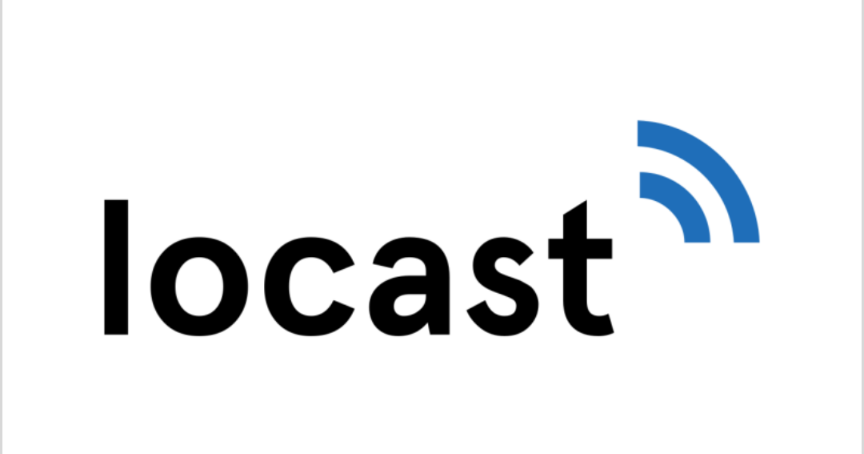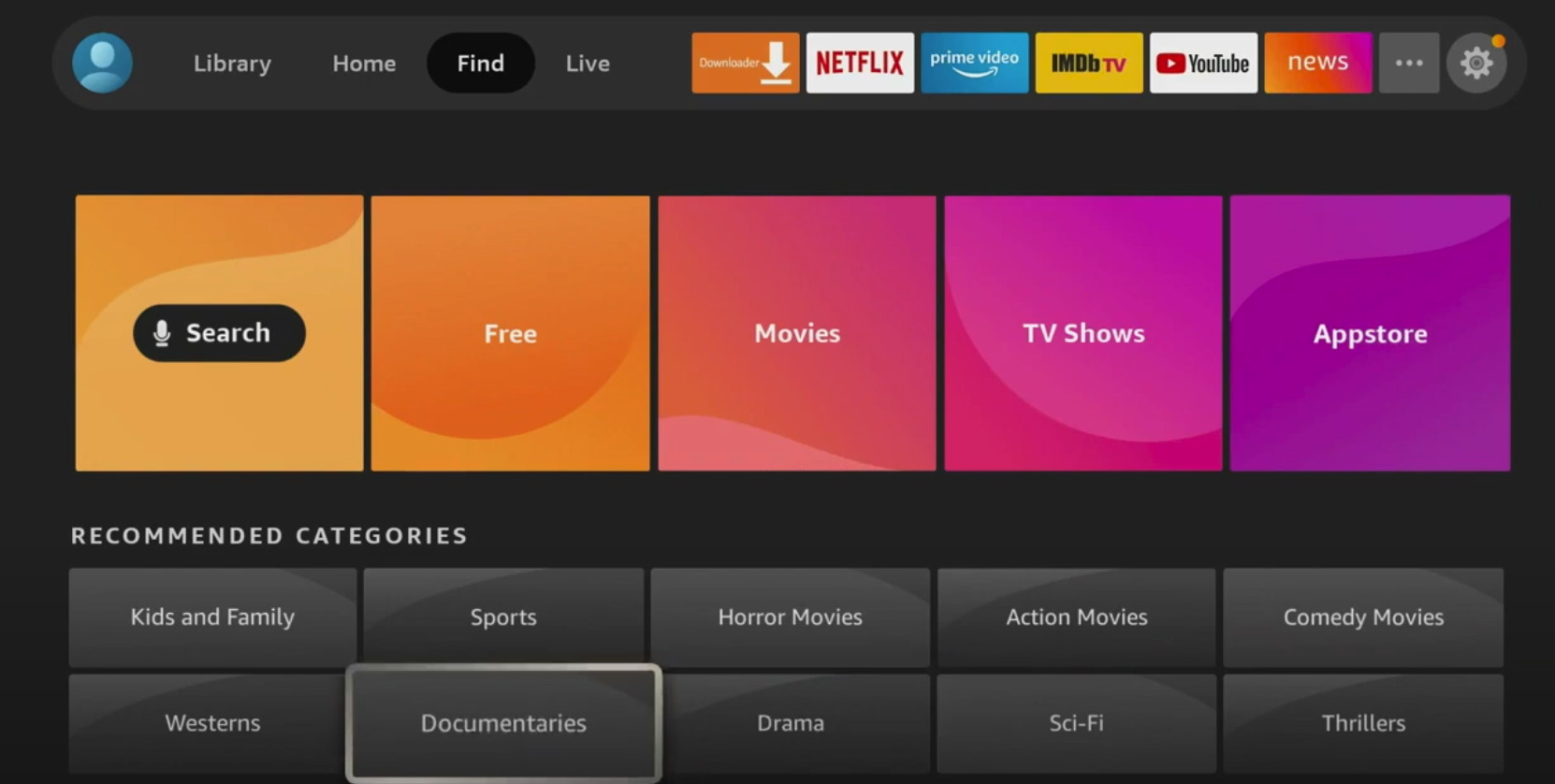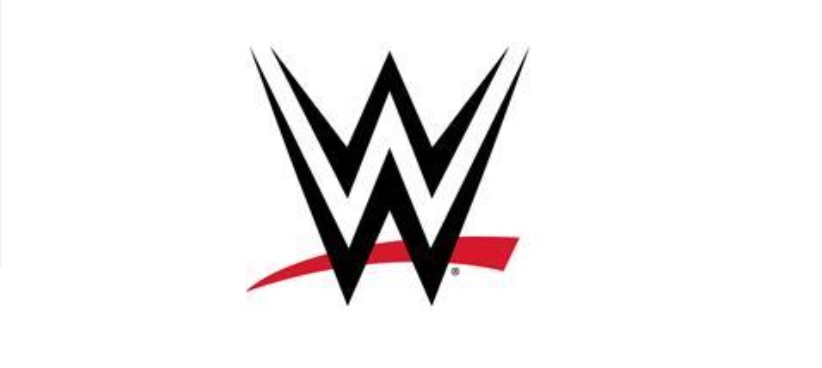The Court ruling regarding Locast wasn’t much of a surprise but for many cord-cutters, it was quite the blow.
Friday I managed to speak to Copyright Attorney and YouTuber Leonard J. French about the lawsuit to see if he could provide some legal analysis regarding the verdict. While on the phone he looked at the Judges ruling and said that it appeared that the Judge provided a pretty solid verdict in accordance with the law.
I am looking forward to Mr. French’s summary of the court case and even sharing his legal perspective of the outcome because it will have a lot of value to understand how this outcome came to be, but I don’t view things from a “legal” standpoint, I view things from a practical one. It would be nice if we lived in a society where they go hand in hand, but the reality of life is that often they conflict with each other which means that we need to find a way to get the two to work in unison.
As a cord-cutter, I only have access to two local TV affiliates, my local PBS network which offers an app so I can watch it for free and Paramount+ which permits me to watch my local CBS affiliate using the same technology that PBS uses, only I’m required to pay a monthly subscription. However, ABC, CBS, NBC and Fox all offer apps on Roku, as well as other streaming devices, where I can watch my local affiliate via live-stream. Provided that I have a cable subscription, of course.
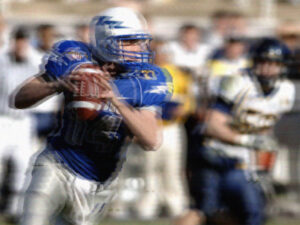
The easy (and false) argument is that if you want free OTA TV then the obvious way to go about doing it is to get an antenna, which would allow you to receive the local broadcasts. I would be remiss if I didn’t at least acknowledge that there is a certain amount of laziness, ignorance or lack of motivation on the part of some for not getting a TV antenna. But “go get an antenna” simply isn’t a solution for each situation.
Some Places Have Major disadvantages
Living in some areas means that residents have certain obstacles that need to be overcome, especially in light of the transition to broadcasts being digital. Prior to this, signal bounce resulted in either a weaker signal causing static or ghosting. This was annoying, but it still provided the ability to get local reception but digital tuners will ignore broadcasts that don’t provide optimal viewing quality. The FCC rules allow these problems to be addressed by giving individuals the right to install outdoor TV antennas and forbids HOA’s from preventing residents from doing it on their properties. It also allows apartment dwellers to install TV antennas on patios and balconies. Unfortunately few apartments provide places that meet these specifications. And even if they did, it wouldn’t mean that a quality signal could be received.
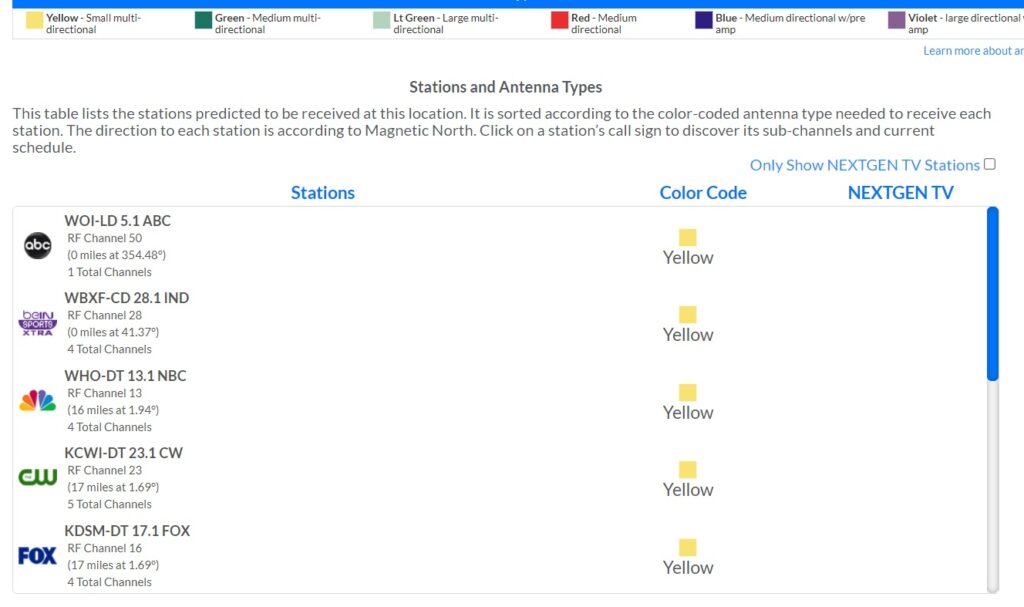 I live less than 20 miles from all the major transmitter towers. According to the Antenna Web website, my local ABC affiliate provides a repeater that is less than four blocks away from where I live. This means I should be able to get local reception with just the most basic setup. Yet I’m unable to get these signals because of signal bounce. If I lived on a higher floor or was on a different side of my building I could probably get a weak but good signal. I don’t know this for sure. I am the exception rather than the rule in this region. I’ve assisted multiple friends who have cut the cord to install TV antennas and in many situations, it could be done with basic rabbit ears but a few required something a little more elaborate such as an outdoor antenna that mounted to an old digital satellite dish mounting bracket or installing a quality antenna in the attic. I live in the Midwest where the terrain is flat and urban sprawl mostly grows out instead of up. But when you get out into the more rugged terrain on the coasts where land and urban sprawl in major metropolitan areas can have an impact on reception, it’s not difficult to understand how most who were willing to pay a small monthly fee for something like Locast are not doing it out of laziness or ignorance but because of necessity.
I live less than 20 miles from all the major transmitter towers. According to the Antenna Web website, my local ABC affiliate provides a repeater that is less than four blocks away from where I live. This means I should be able to get local reception with just the most basic setup. Yet I’m unable to get these signals because of signal bounce. If I lived on a higher floor or was on a different side of my building I could probably get a weak but good signal. I don’t know this for sure. I am the exception rather than the rule in this region. I’ve assisted multiple friends who have cut the cord to install TV antennas and in many situations, it could be done with basic rabbit ears but a few required something a little more elaborate such as an outdoor antenna that mounted to an old digital satellite dish mounting bracket or installing a quality antenna in the attic. I live in the Midwest where the terrain is flat and urban sprawl mostly grows out instead of up. But when you get out into the more rugged terrain on the coasts where land and urban sprawl in major metropolitan areas can have an impact on reception, it’s not difficult to understand how most who were willing to pay a small monthly fee for something like Locast are not doing it out of laziness or ignorance but because of necessity.
Locast was never available to me here in Des Moines, IA and I was eagerly anticipating its arrival. In the meantime, I had also contacted my local networks to let them know that I was having reception problems. The answer from all of them, except Iowa Public Television, was that they were available on the local cable service, so “just subscribe” (which I couldn’t get because my apartment has an exclusive contract with AT&T/DirecTV and provides its own set of unique problems). I did ask to see if it was possible to pay my local network directly so that I could get access using the network apps, but of course this wasn’t an option. When I told Iowa Public Television that I was a “cord cutter” the Director of Engineering let me know that I could watch the local station live on the PBS app on my streaming devices, then politely told me that the reason why I wasn’t getting the live stream was because I was still logged onto my old PBS affiliate from Oregon.
Thanks William, your help was much appreciated and yes, many months later I still feel like a heel…
This is, of course, a great deal of frustration for me. Getting news isn’t much of a problem. There are multiple options to choose from like CBSN available for free, even if I didn’t have Paramount+ and they offer live streams on Pluto as well. CBSN also offers local coverage of the major metropolitan areas such as New York, LA, San Francisco, Chicago and even Minneapolis/St. Paul, but nothing for central Iowa. Stirr offers some local news for many areas across the United States through Sinclair affiliates, but again, Des Moines isn’t on the list of “local” news coverage, just regional (read as the state of Iowa) because Stirr’s owners, Sinclair does not produce local news on its affiliate KDSM Fox 17. However they contract WHO TV to do it but that isn’t available on it’s app, what Stirr does offer is the ability to watch Fox 17’s digital sub-channels, Comet, Charge! & TBD.
I realize that in the grand scheme of things I’m suffering from some real first world problems but let’s not forget that in order to get an FCC license to broadcast, both the broadcaster and those who wish to receive what the broadcaster offers has obligations. The broadcaster is obligated to keep the audience up to date on local issues. In the context of radio, this isn’t much of a problem. I may have poor reception, but so long as it’s an analog radio station and the transmitter is within a few dozen miles, I should be able to pull it in but will have some difficulty. If that wasn’t enough I can stream it. Many radio stations are avaialable with free streams via their websites or even apps like I Heart Radio or Tunein.
The audience has an obligation as well. If you want to watch what is being broadcast you need to purchase a radio or TV and take the steps necessary in order to receive the transmission. I have little doubt that if we were still living in the pre-digital broadcasting days my efforts to pick up local TV stations would be sufficient, if not perfect, and there is still hope that the new upcoming ATSC 3.0 Nextgen TV will address some of the reception problems that have occurred. When that transition is complete we will still be required to either purchase a new TV that is able to receive ATSC 3 or a tuner box, despite the fact that you may have already purchased a 4K TV set. I can’t place all the blame on the local broadcasters for this either, they were required by the FCC to convert over to digital, so in my opinion the FCC must carry some culpability as well.
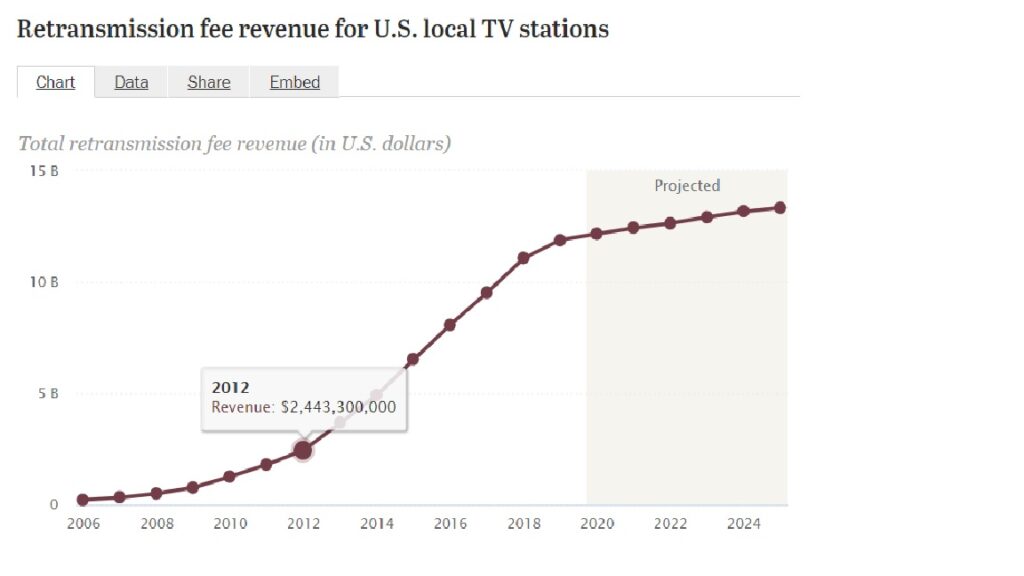
Stop Playing Both Sides
However, I do think that network television is going to need to pick a lane of travel. Do they want to be a cable network where they have the luxury of getting paid for the rebroadcast rights on cable or do they want to be a broadcaster that caters to local viewers? Because they seem to be straddling both. As a broadcaster, they want to draw in an audience, obviously, but they are obligated to serve local residents and keep them informed of what is occurring. As a cable network, they are paid based on the number of subscriptions the cable company has and the local networks seem to be taking advantage of both and the ways that the current laws and regulations are written, it gives them a huge legal advantage in this area that no other channels on TV get.
The way the FCC rules are written, the cable companies are obligated to carry local broadcasters, but if the broadcasters wish to charge a fee for rebroadcasting rights, the cable company is no longer obligated to carry that station and this is why services like Sling refuse to carry local affiliates, (not doing it plays a role in keeping costs low). This is why you see those announcements from TV stations saying “your cable service wants to remove us, tell them not too” It’s also clear that local broadcasters have played a role in the rising costs of cable which is why cord-cutting has become so popular.
Locast was able to flourish because of this situation. Residents of a community want to have access to local broadcasters. Some, like me, so that they can keep abreast of local events and news. Programming isn’t all that important to me, most of the prime time programming I’ll eventually get access to via streaming services or purchasing on DVD/Blu-ray and I’m okay waiting for it. Some feel that they should be able to watch it for free simply because it’s available for free with an antenna and are unwilling to subscribe to cable in order to get it, and this is perspective may have some moral or legal gray area, but I think that there is some merit to taking this position especially in light of how FCC rules are written, the consequences of going digital and the actions taken by broadcast television. Many are willing to pay a small fee to get local affiliates due to circumstances, a perspective that I’ve long held, but I find is becoming more difficult to support because of lawsuits like the one against Locast.
The spirit of the FCC rules and regulations was that it provided broadcasters the ability to look after their own interests while still protecting citizens so that they could receive local radio and TV broadcasts but there is no balance between the two anymore so I’m beginning to think that the only real option left is to make it a political issue.
I’m not sure what is the best way to do that, on the local level we could tell our representatives that landlords are required to ensure that tenants have access to local broadcasting. How they go about doing that is up to them, either install an antenna/s in locations for optimal reception or work something out with a provider. What worked ten or twelve years ago is no longer working now and there is no guarantee that they will improve with ATSC 3.
Perhaps this should be addressed at a national level, we could put pressure on our politicians to force networks and local broadcasters to choose to become a cable network or a broadcast network. If they choose to remain a broadcast network then they better start making programming available to those who fell through the cracks in the system without charging them, or their license will be revoked and given to a broadcaster who will. Want to find out how to contact your reps. Do so here.
Maybe the answer is to do both.

